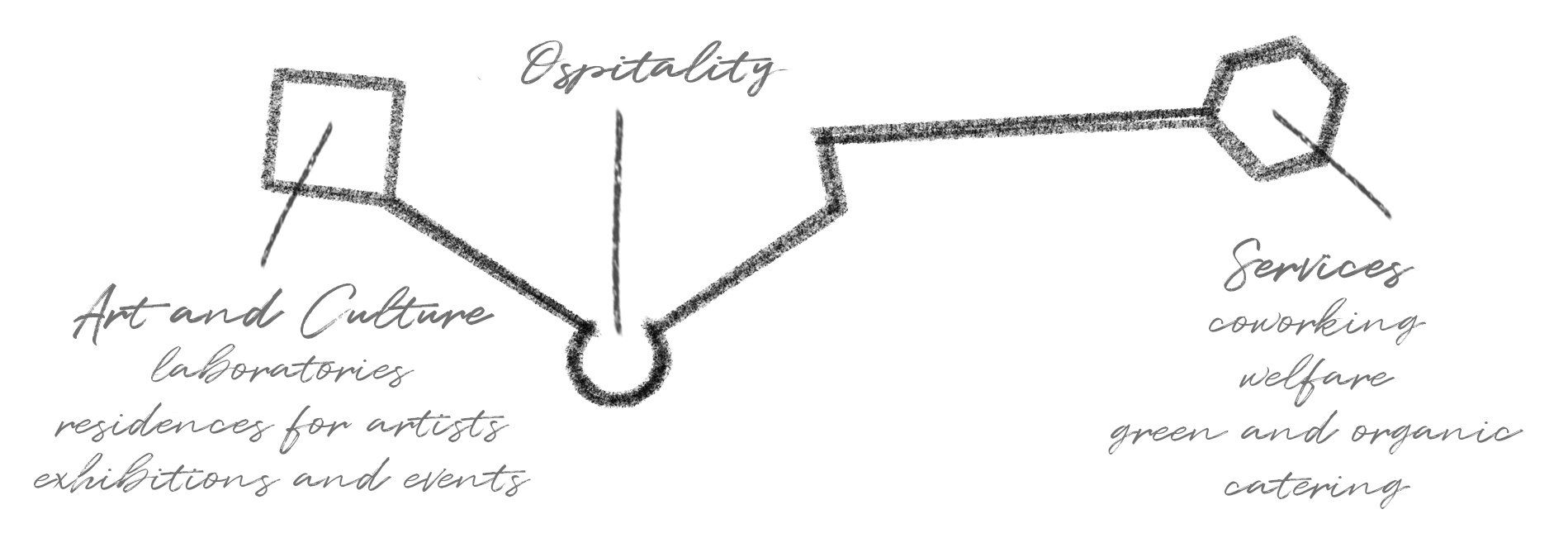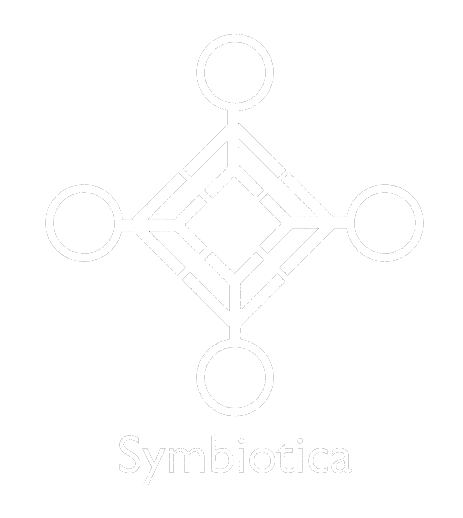Symbiotica
Italy boasts the largest cultural, historical and architectural heritage in the world. Our country is dotted with ancient convents, old palaces, villas, residences, farms, ancients thermal water and castles. Hundreds of buildings and entire villages hidden in enchanting landscapes, little known as they are often far from the usual tourist routes. Unfortunately, many of these buildings have been in a state of neglect for decades. The list is really extensive and every day the conditions of these buildings are aggravated by the total lack of maintenance or prevention from vandalism and looting. The Symbiotica project aims to recover these hidden jewels scattered throughout the national territory to relaunch them as key points that operate in symbiosis with local realities, not only to attract national and foreign tourist flows but to transform them into multidisciplinary cultural centers.
The goal is to generate over time a chain of these centers, connected to each other. The Castello di Morgnano, whose recovery project was born in spring 2018, will be the first garrison of the Symbiotica project.
A castle on a hill. A remnant of the old world. One of those indecisive, suspended spaces, now devoid of function, abandoned on the margins.
During the design phase, an attempt was made to dialogue with this fortified village. We have nourished ourselves with the same grammar of the place in search of a balance between the need to relaunch the building complex and the need to respect the memory and identity of the place and its inhabiting the territory.
For this purpose, particular attention was paid to the reconstruction of a philological discourse about the historical identity of the complex through research in the historical archives, interviews with its last inhabitants and comparisons with intergenerational memories.
The design approach has been, from the beginning, not so much a semiological as a hermeneutic approach. This setting has given rise, in addition to the reinterpretation of the spaces, to the search for architectural solutions of traditional Umbrian buildings capable of evoking the historicity of the place, dampening the modern cut that characterized it, preferring common areas for aggregation of the guests of the structure in place of spaces instead previously intended mainly for residences.
The planning of activities and services started from research in the reinterpretation of the complex in a modern key, through a creatively responsible reflection, able to balance historical knowledge and ancient traditions linked to the specificity of the place, innovation and to experiment with new commercially attractive models. Trying to enhance its original ecosystem function, reinterpreted in a modern key, a multifunctional model has been reached, hybridizing and combining accommodation and hospitality services, use of the territory, resources and environmental, naturalistic, cultural, social, productive, food and wine and artistic. We can in fact imagine the castles and fortified villages as the nodes of an ancient network of knowledge and activities, a sort of medieval internet. These places were dwellings where knowledge was concentrated, the exchange of information, art and commerce was favored. They were key points in the development of the territory.
A logo, an imprint.
The logo study was inspired by the concept of a fingerprint. If we start from the assumption that every historic building is unique in its being, what can be more distinctive, unequivocal, than the most singular feature of its plan? This was the question we asked ourselves when designing the logo.
This segment of the plan, in which there are three primordial geometric figures, represents the concepts underlying our project. The figures of the square and the hexagon, which represent the life of the village, are connected to the figure of the circle, which due to its enveloping shape recalls the idea of hospitality.The common denominator will be the particular attention to all areas of art and culture, in an environment that naturally favors the development and exchange of experiences.






